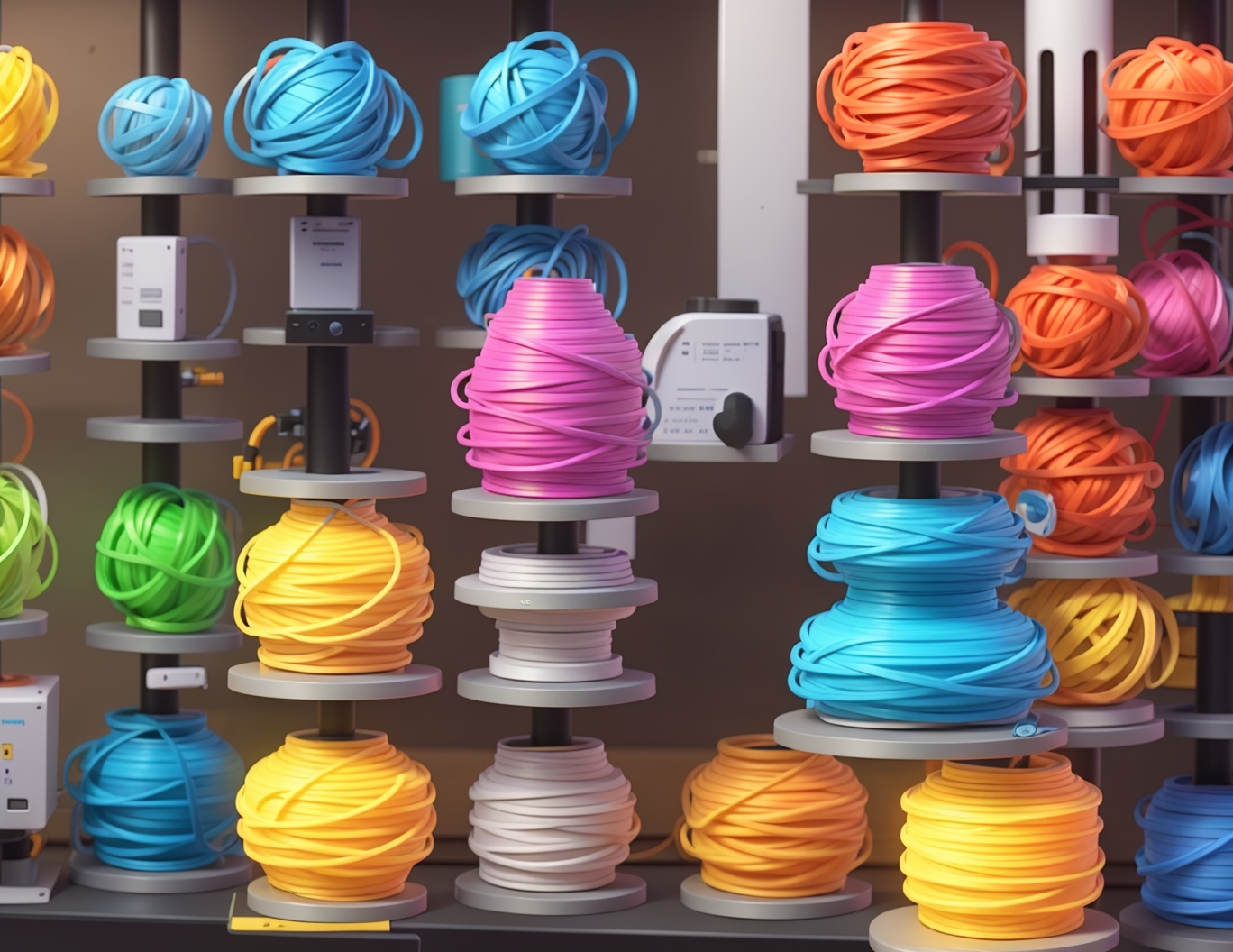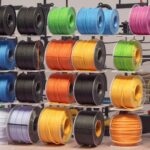Choosing the Right Filament for Your 3D Printer
Choosing the Right Filament for Your 3D Printer
3D printing filament selection can significantly impact print quality, durability, and appearance. With various options available, each material offers unique benefits and limitations. Here’s an in-depth look at some of the most popular types of filaments and tips to help you choose the right one for your 3D printing projects.
1. PLA (Polylactic Acid)
PLA is one of the most commonly used filaments due to its ease of use, eco-friendliness, and low-cost. Made from renewable resources like corn starch, PLA is biodegradable, making it an ideal option for environmentally-conscious projects.
Pros: Easy to print with, no heated bed required, minimal warping.
Cons: Less durable than other filaments, prone to melting at lower temperatures.
Best for: Beginners, hobbyists, decorative items, and prototypes.
2. ABS (Acrylonitrile Butadiene Styrene)
ABS is well-known for its strength, flexibility, and resistance to high temperatures, making it ideal for functional parts and durable prototypes.
Pros: Strong, impact-resistant, heat-resistant.
Cons: Produces fumes during printing, requires a heated bed, prone to warping if not handled correctly.
Best for: Functional parts, enclosures, and projects that require durability.
3. PETG (Polyethylene Terephthalate Glycol-Modified)
PETG combines the ease of PLA with some of the durability and heat resistance of ABS, making it versatile and reliable for various applications.
Pros: Durable, flexible, resistant to impact and temperature, less prone to warping than ABS.
Cons: Prone to stringing and requires precise settings for optimal results.
Best for: Mechanical parts, containers, and items requiring strength and flexibility.
4. Specialty Filaments (TPU, Wood, Metal-Filled)
Beyond the popular choices, specialty filaments like TPU (Thermoplastic Polyurethane), wood-filled, and metal-filled filaments bring unique properties to your projects.
TPU: Flexible and durable, ideal for soft or bendable parts like phone cases.
Wood-Filled: Creates a wood-like appearance, suitable for decorative pieces.
Metal-Filled: Infused with metal particles, offering a metallic finish ideal for creating jewelry and model parts.
5. Choosing the Best Filament for Your Project
Selecting the right filament depends on the requirements of your project. Here’s a quick guide:
For beginners or low-cost prototypes: Start with PLA.
For strength and durability: Consider ABS or PETG.
For flexible parts: TPU is a great choice.
For aesthetic and specialty items: Explore wood or metal-filled filaments.
Conclusion
Selecting the right filament type is crucial for ensuring high-quality prints and achieving the desired performance. By understanding the properties of PLA, ABS, PETG, and specialty materials, you can confidently choose the best filament for your needs and create durable, visually appealing, and functional 3D prints.
Whether you’re a beginner or an advanced user, choosing the correct filament will enhance your 3D printing experience, reduce failed prints, and optimize your project’s final result.



